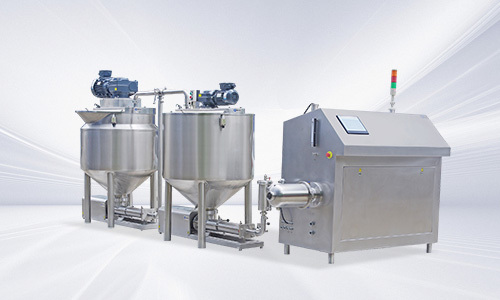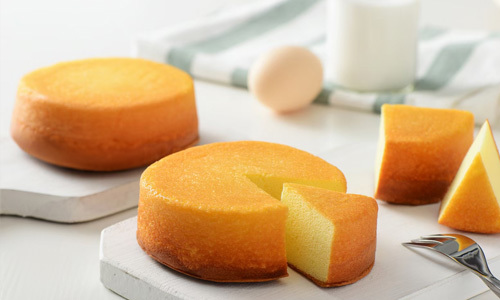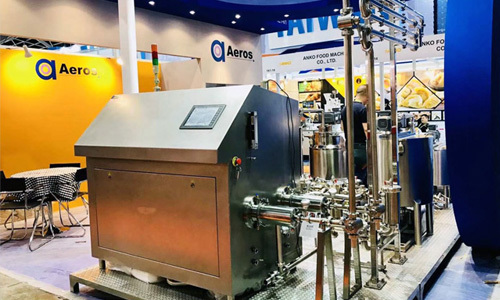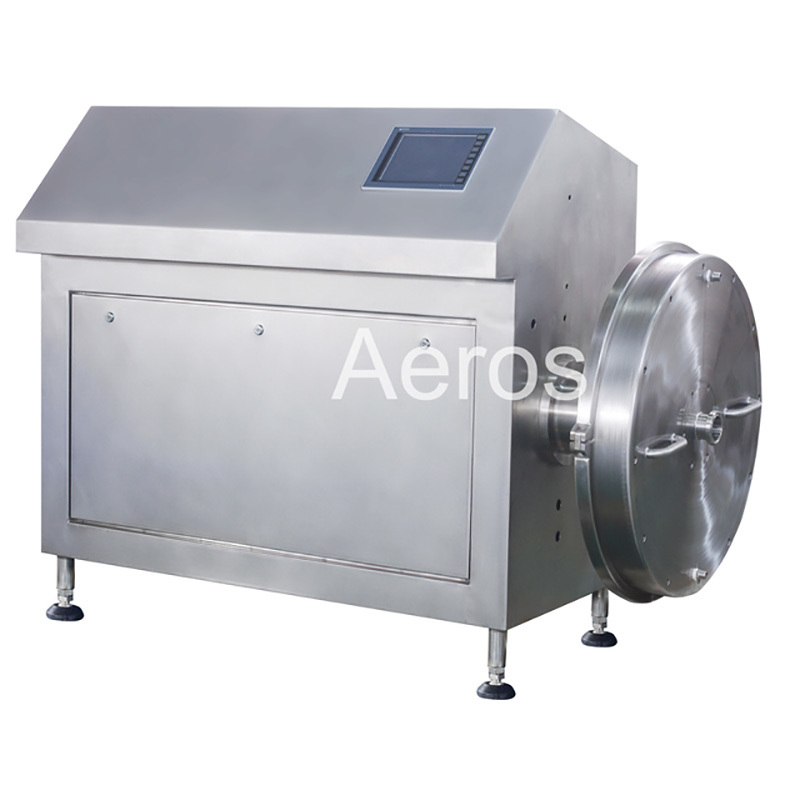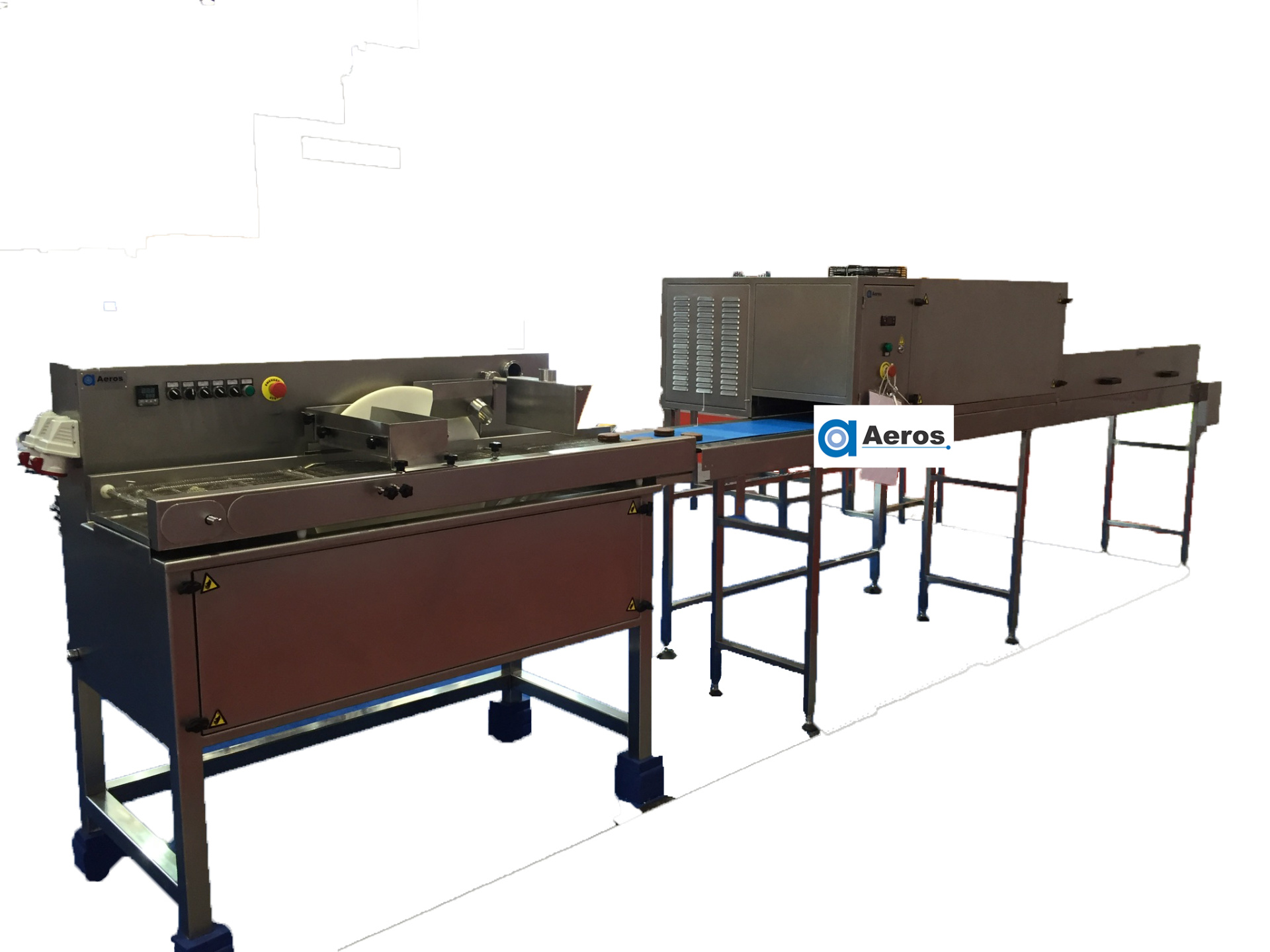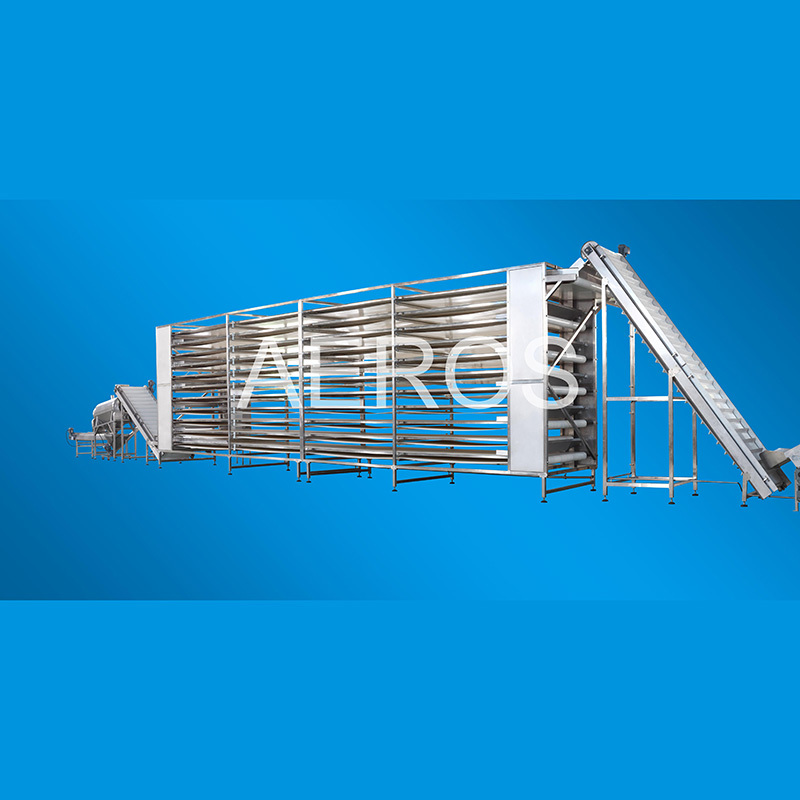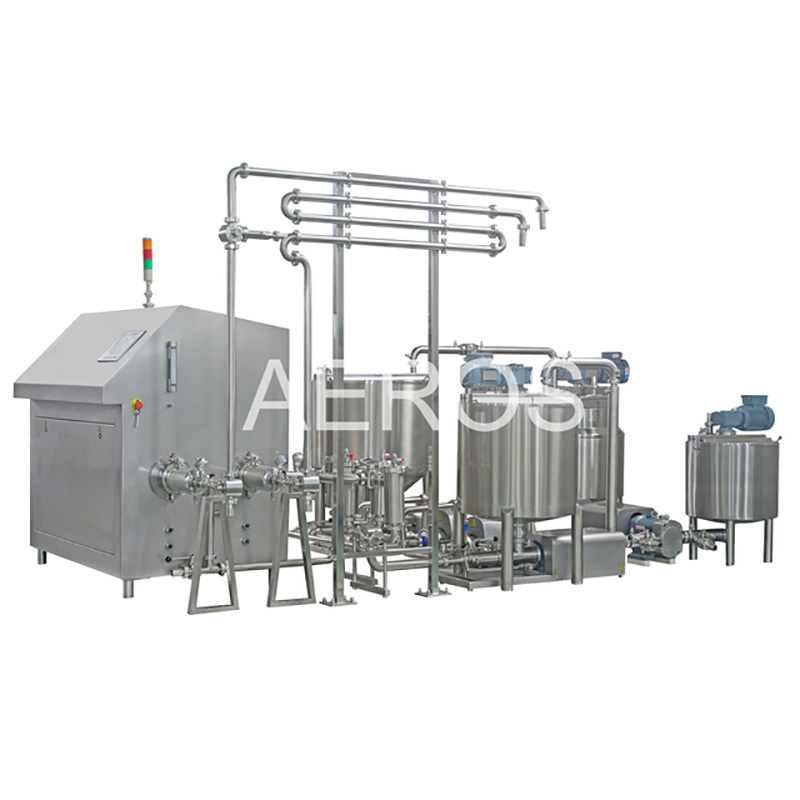Why Every Food Processing Facility Needs a Dry Ingredient Mixer

2025/07/08
Why Every Food Processing Facility Needs a Dry Ingredient Mixer
Table of Contents
- Introduction to Dry Ingredient Mixers
- The Importance of Dry Ingredient Mixers in Food Processing
- Types of Dry Ingredient Mixers Available
- Applications of Dry Ingredient Mixers in Various Industries
- Benefits of Using Dry Ingredient Mixers
- Key Features to Look for in a Dry Ingredient Mixer
- Maintenance and Care for Your Dry Ingredient Mixer
- Frequently Asked Questions
- Conclusion: Investing in Quality Mixing Equipment
Introduction to Dry Ingredient Mixers
In the food processing industry, the significance of precise blending cannot be overstated. A **dry ingredient mixer** acts as the backbone of many production lines, ensuring that various ingredients are combined effectively. The mixer’s role is not just to mix; it enhances the overall quality and consistency of the final product. Understanding the critical nature of dry ingredient mixers can help food processing facilities achieve operational excellence.
The Importance of Dry Ingredient Mixers in Food Processing
Modern food processing facilities are constantly challenged to improve efficiency while maintaining product quality. As consumer demands evolve, the need for uniformity in taste and texture becomes paramount. A **dry ingredient mixer** plays a crucial role in this process by ensuring all components are evenly distributed. This is especially vital in industries producing baked goods, snack foods, and powdered products where even slight inconsistencies can lead to significant quality issues.
Enhancing Product Consistency
To meet industry standards and consumer expectations, every batch of a product must taste the same. Dry ingredient mixers ensure consistent mixing, which is essential for maintaining flavor profiles in products like baked goods and powdered mixes.
Improving Production Efficiency
Fast and efficient mixing processes reduce downtime, allowing facilities to maximize their productivity. Automated dry ingredient mixers can handle large batches in a fraction of the time it takes to do so manually, leading to a more streamlined production line.
Types of Dry Ingredient Mixers Available
There are various types of dry ingredient mixers, each suited for specific applications and ingredient types. Understanding these options helps facilities select the right equipment for their needs.
Ribbon Mixers
Ribbon mixers are widely used in food processing due to their effective blending capabilities. Their ribbon-like blades enable thorough mixing of dry powders, granules, and small pellets.
V-Blenders
V-blenders are ideal for blending delicate or fragile powders. The unique V-shape of the mixer allows for gentle mixing without damaging the particles, making them perfect for pharmaceuticals and certain food products.
Paddle Mixers
Paddle mixers feature rotating paddles that can handle various types of dry ingredients, including those with varying densities. They are versatile and can be used for mixing bulk solids and powders.
Applications of Dry Ingredient Mixers in Various Industries
Dry ingredient mixers are not limited to just food processing. They find applications in various industries, showcasing their versatility.
Food and Beverage Industry
In the food and beverage sector, dry ingredient mixers are vital for producing everything from flour and sugar mixes to seasonings and snack foods. Their ability to maintain consistency is crucial for flavor and quality.
Pharmaceuticals
Pharmaceutical companies also utilize dry ingredient mixers for blending powders and granules. The precision of these mixers ensures accurate dosages and uniformity in medicinal products.
Cosmetics and Personal Care
The cosmetics industry employs dry ingredient mixers for blending powders used in products like foundations and eyeshadows. Consistency in texture and color is essential for customer satisfaction.
Benefits of Using Dry Ingredient Mixers
Investing in a high-quality dry ingredient mixer offers numerous benefits to food processing facilities.
Quality Assurance
One of the primary advantages is the assurance of quality. Consistent mixing leads to uniform products, reducing the chances of complaints and returns.
Time and Labor Savings
Automated mixers require less manual labor, saving time and reducing labor costs. Facilities can redirect labor to other critical areas, enhancing overall efficiency.
Minimized Waste
Effective mixing reduces material waste, as less product is left unblended. This not only saves money but also promotes sustainability by minimizing waste in the production process.
Key Features to Look for in a Dry Ingredient Mixer
When selecting a dry ingredient mixer, consider the following features to ensure you choose the best equipment for your facility:
Capacity
Choose a mixer with the capacity that matches your production needs. Larger operations may require mixers that can handle bigger batches.
Ease of Cleaning
Hygiene is critical in food processing. Select a mixer that is easy to disassemble and clean, helping to maintain high sanitation standards.
Durability
Investing in a durable mixer reduces the need for frequent replacements. Look for equipment made from high-quality materials resistant to wear and tear.
Maintenance and Care for Your Dry Ingredient Mixer
Proper maintenance extends the lifespan of your dry ingredient mixer and ensures consistent performance.
Regular Inspections
Conduct routine inspections to identify wear and tear. Regular checks can prevent breakdowns and costly repairs.
Cleaning Protocols
Establish cleaning protocols to maintain hygiene. Use approved cleaning agents that do not compromise food safety.
Replacement Parts
Keep a stock of essential replacement parts on hand to minimize downtime in case of breakdowns.
Frequently Asked Questions
1. What types of products can be mixed with a dry ingredient mixer?
Dry ingredient mixers can combine a variety of products, including powders, granules, and even small pellets across multiple industries.
2. How do I choose the right dry ingredient mixer for my facility?
Consider factors like capacity, ease of cleaning, and durability when selecting a mixer to match your production needs.
3. Can dry ingredient mixers handle wet ingredients?
Typically, dry ingredient mixers are designed for dry materials. Mixing wet ingredients may require specialized equipment.
4. What is the average lifespan of a dry ingredient mixer?
With proper maintenance, dry ingredient mixers can last several years, often exceeding a decade.
5. Are automated dry ingredient mixers worth the investment?
Yes, automated mixers enhance efficiency, reduce labor costs, and ensure consistent quality, making them a worthwhile investment for most facilities.
Conclusion: Investing in Quality Mixing Equipment
In conclusion, the necessity of a dry ingredient mixer in every food processing facility cannot be overstated. Its role in enhancing product consistency, improving efficiency, and ensuring quality is invaluable. As the food industry continues to evolve, investing in advanced mixing equipment is essential for staying competitive. Facilities that prioritize quality mixing equipment will not only meet consumer demands but also pave the way for future growth and success. By understanding the various types of mixers available and their specific applications, food processing facilities can make informed decisions that lead to improved operational outcomes.
Dry Ingredient Mixer
Previous Page


